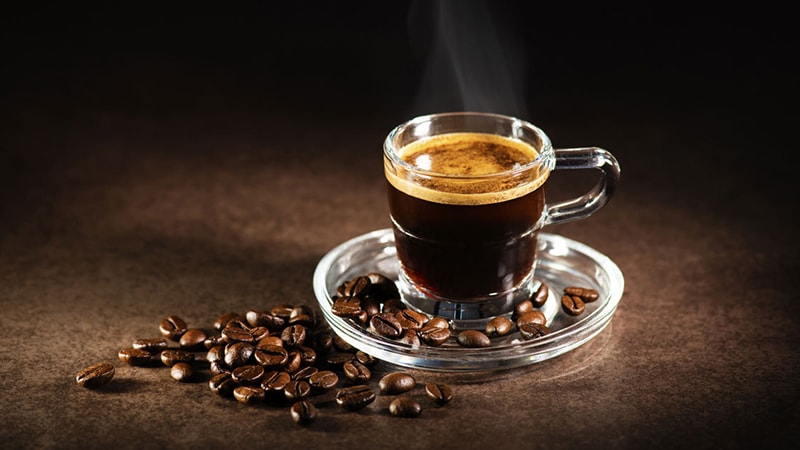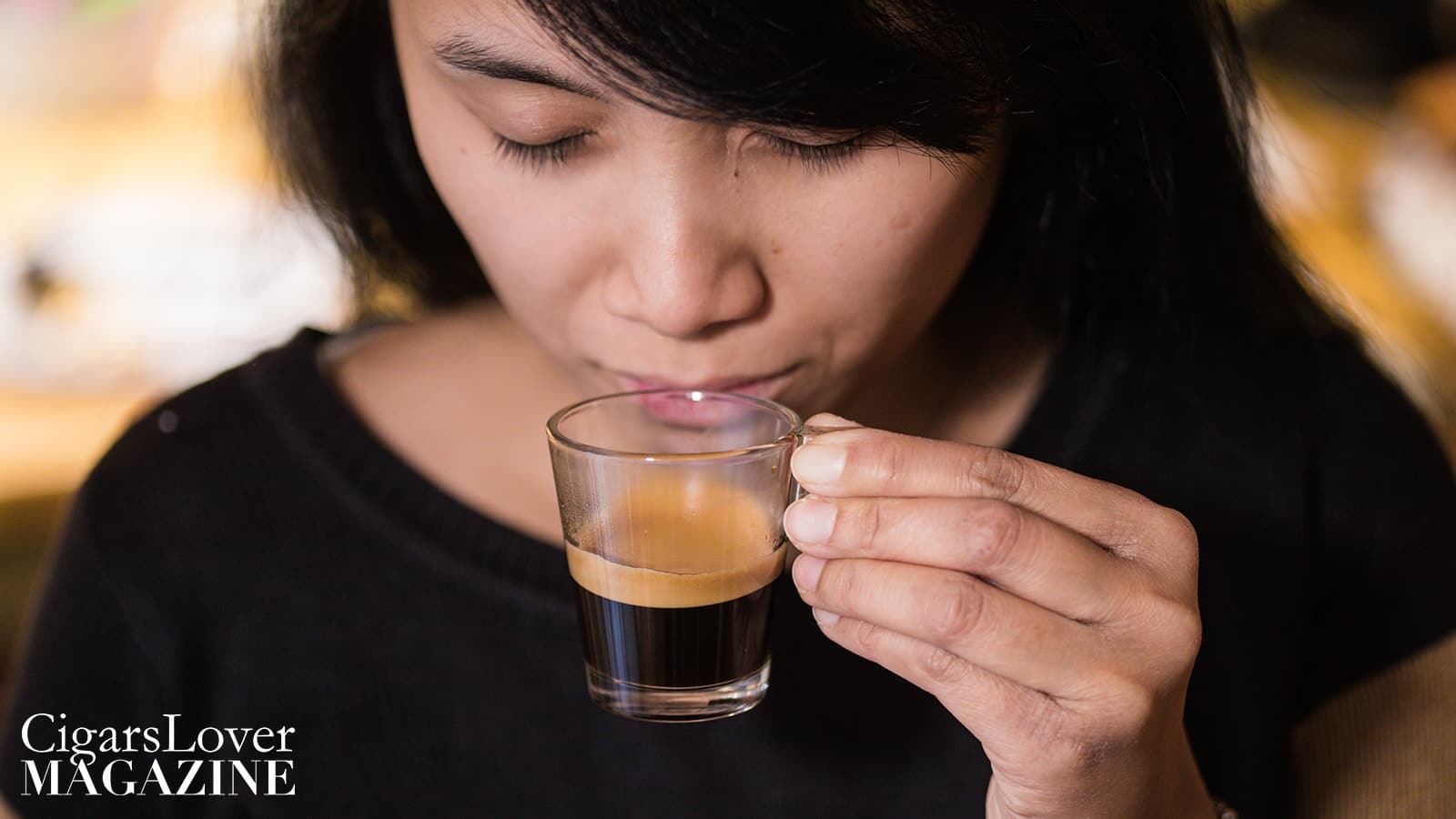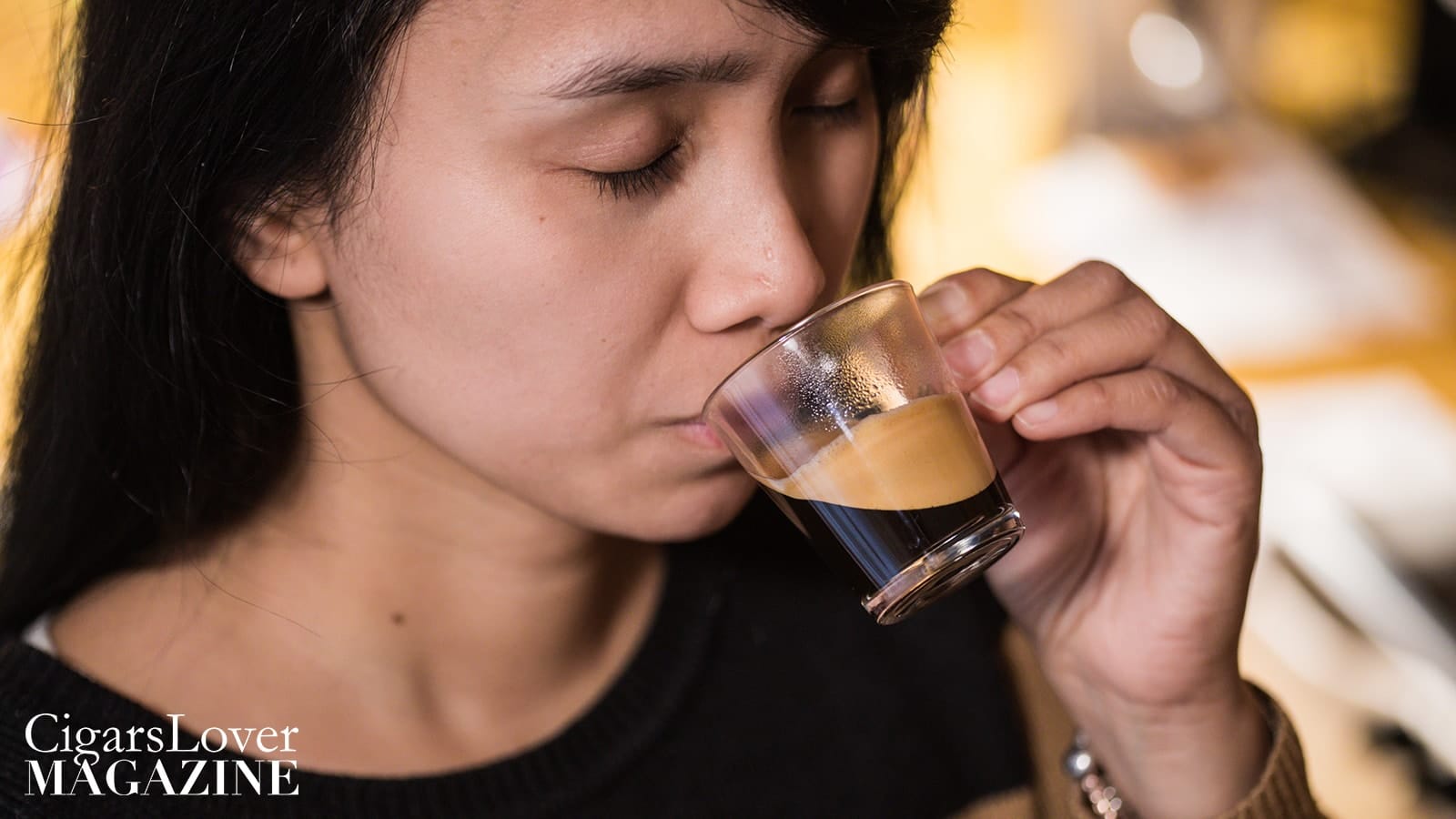
As for cigar and liquor tasting, coffee tasting (or cupping) has its own set of rules for critical analysis and in-depth knowledge. Knowing about coffee means to be able to understand if what we have in the cup is a state-of-the-art preparation or not – if it has defects or if it has all the necessary traits of what can be defined a great coffee.
Coffee tasting requires to put our senses to work, starting from sight: colors and shades will already tell us something, as well as the more or less dense, is the crema framing our espresso cup. The olfactory apparatus will help us to distinguish scents and aromas, or to detect fastidious notes. Sipping will be slow and thorough, distributing the beverage over the entire palate and looking for the right balance between sweetness, acidity, and bitterness.
For many people, drinking a coffee is the answer to a physical need for more concentration and focus. Not by chance, coffee consumption is highest in the morning, so that we are prepared for the long day ahead of us, but it’s also common after lunches and dinners to help digestion, or finally as a simple reason for meeting and socialization. This explains why we are often distracted by other stimuli when we drink coffee, and we do not pay the right attention to its taste and aroma, unless it is good or extremely… unpleasant!

There are some basic methods to evaluate an espresso that allow us to pay more attention to a daily experience that can become a moment of almost hedonistic pleasure. From the 1950s on, food experts developed the so-called sensory science from the tenets of chemistry, psychology, marketing, statistics and philosophy to improve the quality of food products.
Around the world there are many national and international organizations dedicated to the sensorial analysis of coffee (among which we must mention the Specialty Coffee Association), and each of them contributes in a unique way to create more cultural interest around this important and popular beverage.
Which are then the fundamental aspects of coffee tasting that we can adopt at home as well as the coffee shop? First of all, let’s try to better understand how our sensory organs are involved in the tasting. Mammals have three olfactory sense organs:
- the vomeronasal organ located in the soft tissue of the nasal septum is dedicated to pheromonal recognition;
- the olfactory epithelium inside the retro-nasal cavity is very sensitive to volatile molecules;
- the gustatory epithelium of the mouth recognizes the hydro-soluble chemical substances inside the oral cavity.
These organs manage the reception of chemical signals and their transformation in electric signals to be transmitted to the central nervous system. In the oral cavity, some specialized cells are involved in the elaboration of the ingested foods: we generically call “taste” the sensations that follow from them. While we can smell a wide array of scents and aromas, our taste is limited to detect five main typologies: sweet, salt, acid, bitter, and umami.
Espresso cupping prescribes to start from a visual analysis of the product starting with the crema’s color (from straw yellow to intense hazelnut to dark brown) to its texture (if there are bubbles and it is spongy or silky, elastic, lucid, reflective). The crema is an emulsion of lipids, carbon dioxide, and other colloidal substances like the 9-bar pressured water generated during extraction by the espresso machine. Besides the botanical species, the color allows us to recognize the roasting level, while the texture indicates the freshness of the product. A natural Robusta coffee has a dark brown spongy and voluminous crema, while a washed Arabica usually has a light hazelnut crema with golden reflexes and an elastic and lucid texture.

After the visual observation, the olfactory analysis focuses on the intensity of the scent of our cup and if there are pleasant or unpleasant notes. We must also consider that the olfactory system is connected to the limbic one and our episodic memory: the more a memory and its connected emotion are strong the more it will be easy to recognize a certain aroma. Human beings can detect from two thousand to over one hundred thousand scents. The final passage is the actual tasting: the minimum amount is 1,5 cl of coffee to make sure that it will completely cover the gustatory epithelium. Here is where tastes come to the scene. The acid taste of washed Arabicas is pleasant only when it is lightly present and becomes unpleasant if it increases; an elevate acidity can also be caused by a wrong espresso extraction or by a light roasted coffee. Sweet taste is given mainly by soluble carbohydrates, and it characterizes natural Arabicas.
Bitterness is acceptable only when extremely low, otherwise it is unpleasant. Many toxic substances have a bitter taste so our physical aversion to it is a natural defense mechanism. Caffeine – the alkaloid in the coffee plant, in its flowers and beans, and thus in our espresso – has a bitter taste. In general, a pronounced bitterness is typical of low-quality Robustas, of wrongly extracted espressos, or extremely dark roasted coffees. Salty coffees are rare, but some varieties from volcanic zone like the Hawaii have a light saltiness. Umami, the taste of the glutamic acid (have look at the article on umami in CigarsLover Magazine Autumn 2017), might be lightly perceivable in some rare natural Mesoamerican coffees.
With our mouth we can also perceive tactile sensations like density and astringency, or thermic ones. Astringency is a sensation of dryness in the mouth and it is always negative if perceived when sipping an espresso. In terms of heat, coffee should be drunk at a temperature between 55 and 65 °C to avoid epithelial burns, tongue swellings, and a reduction in taste perception.
Regarding the evaluation of a coffee’s taste requires to pay attention to many aspects: to its body (if it has a low or high density: think of water vs pear juice); to its acidity and its intensity (for both we consider low, average, or high); to bitterness, if present and how much intense; to astringency, which we said it is always a problem as it points to a low-quality source material or a to a wrong espresso extraction by the barista.
The more tasting occasions we will have the more we will refine our capacity to discern the aspects that give to our espresso its unique complexity.

